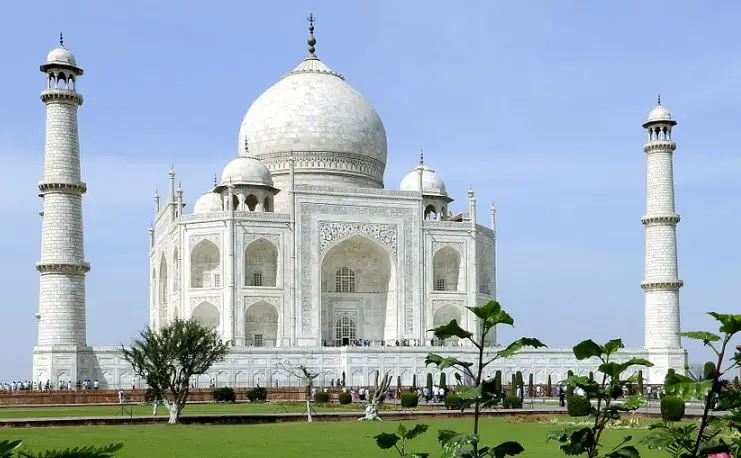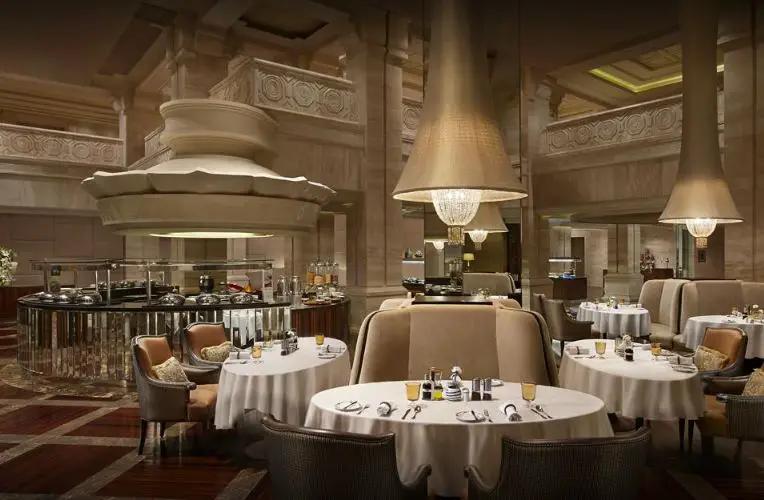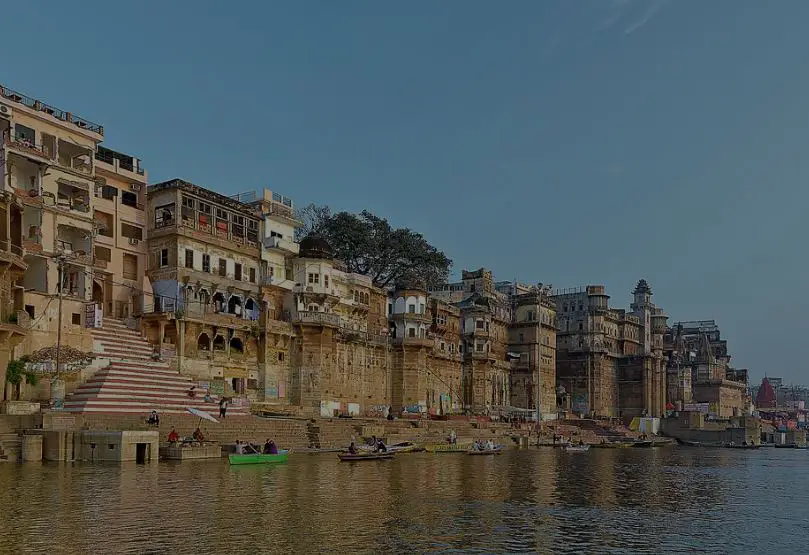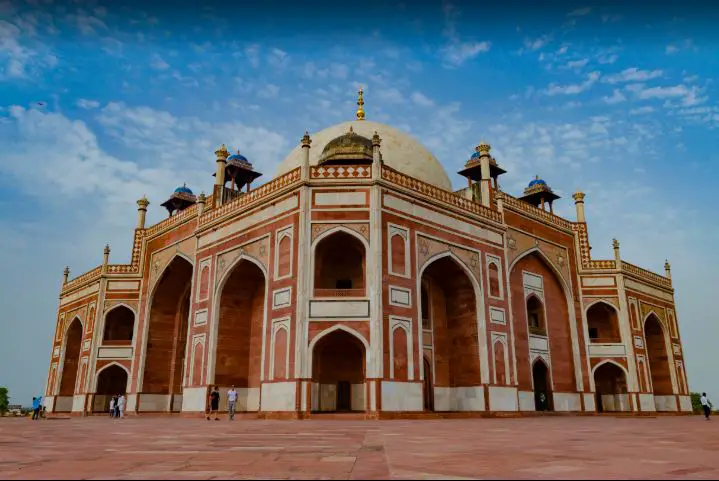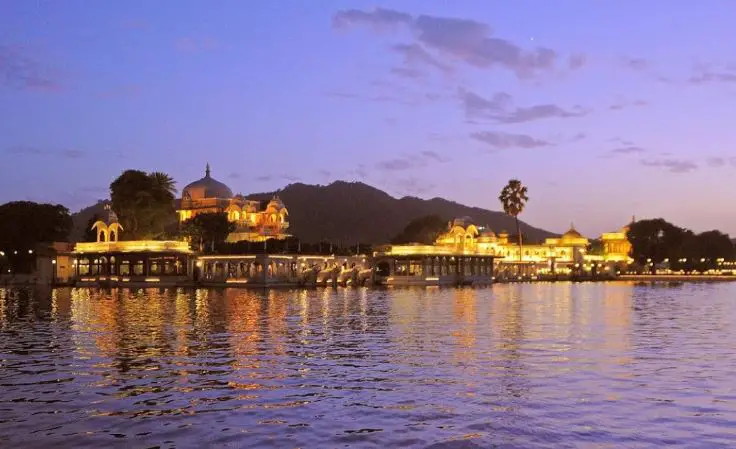India is home to some of the most ancient and iconic architectural styles and advancements. From Buddhist Monasteries, Rajput and Mughal Palaces, to contemporary buildings, this overview outlines the major innovations and styles found in India's ever-evolving architecture. As you prepare for your journey, familiarize yourself with the specific
Major Architectural Styles in India:
1. Indus Valley Civilization (2600-1900 BCE):
The Indus Valley Civilization is known for its sophisticated urban planning, with well-structured cities containing advanced drainage and water supply systems. Examples include Mohenjodaro and Harappa.
2. Buddhist Architecture (3rd century BCE onwards):
This style is characterized by the construction of stupas, monastic complexes, and rock-cut caves. Some notable examples are Sanchi Stupa, Ajanta and Ellora Caves.
3. Hindu Architecture (6th to 18th century CE):
Hindu architecture encompasses diverse styles, developed under different dynasties and regions. Key features include temple structures, intricate carvings, and elaborate rituals. Examples include Khajuraho Temples, Konark Sun Temple, and Meenakshi Temple.
4. Dravidian Architecture (7th to 19th century CE):
Primarily found in South India, Dravidian architecture showcases towering gopurams (entrance towers), intricately carved pillars, and richly adorned temple complexes. Famous examples include Brihadeshwara Temple in Thanjavur and Meenakshi Temple in Madurai.
5. Mughal Architecture (16th to 19th century CE):
Mughal architecture amalgamates Persian, Islamic, and Indian elements. It showcases grand palaces, mosques, tombs, and gardens, characterized by bulbous domes, intricate marble inlays, and symmetrical layouts. Examples include Taj Mahal, Red Fort, and Jama Masjid.
6. Colonial Architecture (18th to 20th century CE):
During British colonial rule, several architectural styles blended with Indian elements. This included the Indo-Saracenic style, a fusion of Indian, Islamic, and European elements, seen in structures like Victoria Memorial in Kolkata and Gateway of India in Mumbai.
7. Contemporary Architecture (20th century CE onwards):
Modern Indian architecture embraces various styles and seeks to combine traditional motifs with contemporary materials and forms. Prominent examples include Lotus Temple in Delhi, Indian Habitat Centre in Delhi, and Chhatrapati Shivaji Maharaj Terminus in Mumbai.
Before embarking on your journey to india, make sure to check the latest
travel guidelines and
entry requirements to ensure a smooth trip


